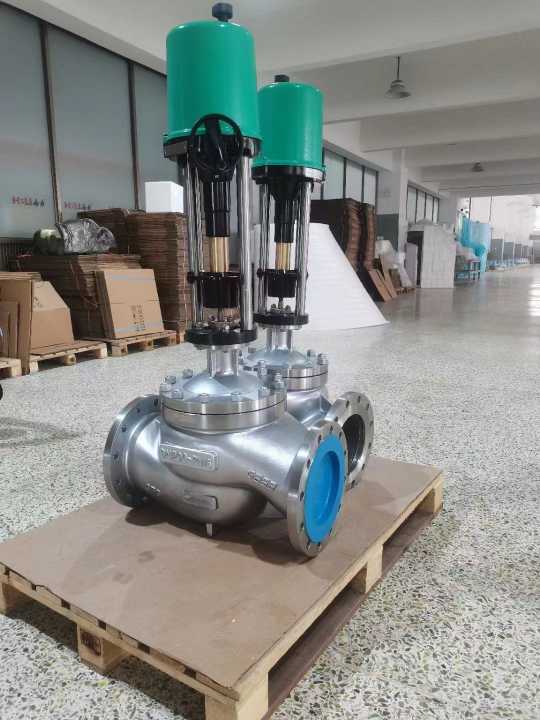As the world increasingly shifts towards sustainable energy solutions, hydrogen energy stands out as a promising candidate for reducing carbon emissions and addressing climate change. Central to the effective management of hydrogen systems is the hydrogen energy electric single seat regulating valve, a crucial component that ensures precise control and regulation of hydrogen flow in various applications. This article delves into the significance, functionality, and advancements of this pivotal valve in the context of hydrogen energy systems.

The hydrogen energy electric single seat regulating valve is designed to regulate the flow of hydrogen gas within a system, allowing for accurate adjustments to meet specific operational demands. Unlike conventional valves, this component utilizes electric actuators to control the valve’s position, offering enhanced precision and responsiveness. This feature is especially critical in hydrogen applications where maintaining optimal flow rates is essential for efficiency and safety. One of the primary benefits of the electric single seat regulating valve in hydrogen energy systems is its ability to manage pressure and flow with high accuracy. Hydrogen, being a highly reactive and low-density gas, requires meticulous control to prevent leaks and ensure stable operation. The single seat design, which features a single sealing element, minimizes the risk of leakage and provides a reliable sealing mechanism, crucial for maintaining system integrity under varying pressure conditions.